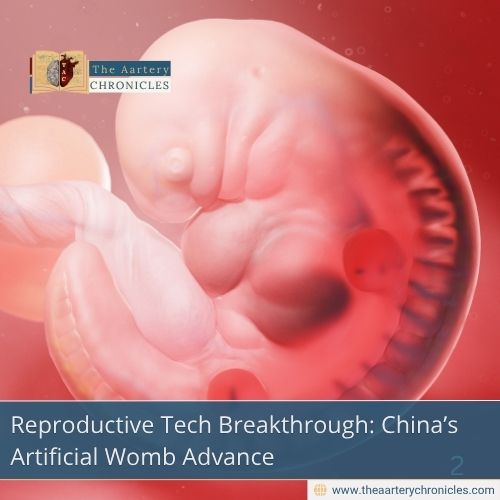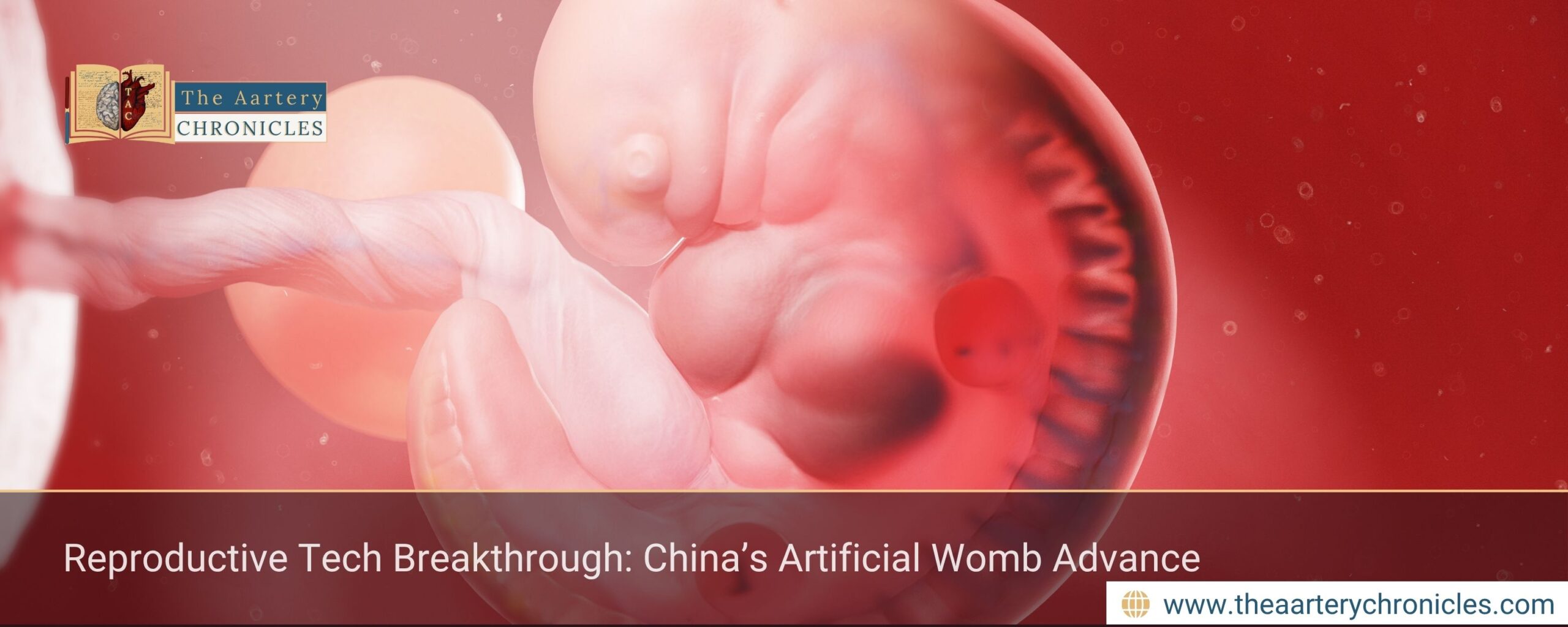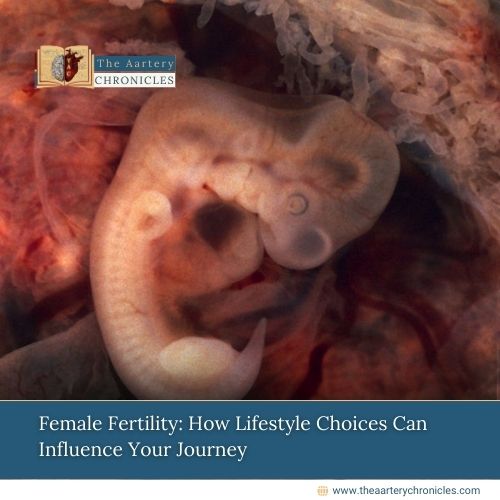

Reproductive Tech Breakthrough: China’s Artificial Womb Advance
Introduction
In a time when artificial intelligence is transforming industries and everyday experiences, Dr. Zhang Qifeng, founder of Kaiwa Technology, has unveiled a highly controversial yet groundbreaking innovation: a humanoid robot equipped with an artificial womb capable of gestating human life.
Unveiled at the 2025 World Robot Conference in Beijing, this invention is not just an advancement in robotics—it represents a radical reimagining of human reproduction itself.
A Synthetic Mother: What the Technology Does
The robot, still in development and expected to be ready by 2026, is equipped with a fully functional artificial womb system. It mimics natural gestation by housing the embryo in a controlled synthetic environment, complete with nutrient delivery systems and amniotic fluid-like conditions. According to Dr. Zhang, the artificial womb technology has already been tested in lab settings—what remains is integrating it into a mobile, interactive humanoid platform.
With a projected price tag of under 100,000 yuan (approximately $13,900), the system could provide a dramatically cheaper alternative to traditional surrogacy or long-term infertility treatments.
Technological Framework
The humanoid robot incorporates a biocompatible artificial womb embedded within its abdominal cavity. The system is designed to replicate the essential functions of human pregnancy, including:
- Synthetic amniotic fluid to simulate the intrauterine environment.
- Nutrient and oxygen delivery systems that mimic umbilical cord function.
- Temperature and motion regulation to approximate maternal biological rhythms.
According to Kaiwa Technology, the artificial womb component has undergone controlled laboratory testing. The current challenge lies in integrating this system into a responsive humanoid platform capable of interaction, environmental monitoring, and adaptive gestational support.
The Science Behind the Sensation
While artificial wombs are not a new concept—biotech labs around the world have been developing ectogenesis technology (external gestation) for premature babies—embedding such a system in a humanoid robot is unprecedented. The robot doesn’t just carry the fetus; it’s also designed to simulate maternal interaction, potentially responding to stimuli and forming an early sensory connection with the baby.
That said, key biological processes such as placental hormone signaling, immune system interactions, and natural birthing mechanisms are far more complex than can currently be replicated in machines. Critics argue that while this prototype may offer the appearance of gestation, replicating the depth of human pregnancy is far from attainable with current technology.
Applications and Justifications
Dr. Zhang’s team emphasizes the project’s potential in addressing urgent demographic and medical challenges. Around 15% of couples in China struggle with infertility, while the country’s birth rate continues to fall. In this context, artificial gestation presents itself as a tool for reproductive autonomy and family planning.
Potential applications include:
- Assisting individuals with uterine factor infertility.
- Providing an alternative to surrogacy for single parents and same-sex couples.
- Reducing the economic and legal complexities associated with traditional surrogacy.
Furthermore, the proposed technology may eventually support premature neonates or high-risk pregnancies, complementing neonatal intensive care units (NICUs) in clinical settings.
Ethical and Scientific Considerations
Despite its promising potential, the technology has sparked critical debate in scientific and ethical communities. Primary concerns include:
- Emotional Development: Critics argue that removing the gestational bond may affect infant-maternal attachment and long-term emotional development.
- Biological Complexity: Essential processes such as placental hormone signaling, maternal immune tolerance, and epigenetic modulation remain difficult to replicate artificially.
- Legal and Policy Gaps: There is currently no established legal framework to govern the birth, parentage, and rights of children gestated through robotic systems.
Moreover, questions have been raised about the validity of Dr. Zhang’s institutional affiliations and the scientific credibility of some claims. For example, Nanyang Technological University (NTU) has reportedly denied association with the project, raising concerns about transparency.
Future Implications
The humanoid pregnancy robot represents a conceptual shift in reproductive science—from aiding human biology to potentially replacing it. If technologically validated and ethically accepted, this system could redefine how society approaches childbirth, parenting, and gender roles.
However, interdisciplinary oversight will be crucial. Bioethicists, policymakers, medical professionals, and technologists must collaborate to ensure that innovation in this space aligns with human dignity, safety, and societal values.
Conclusion
Dr. Zhang Qifeng’s humanoid robot with an artificial womb pushes the boundaries of both robotics and reproductive medicine. While the technology holds revolutionary potential, its development necessitates careful scrutiny, responsible regulation, and ongoing ethical dialogue. The future of artificial gestation, once relegated to science fiction, now demands serious academic and policy attention.
- Dr Anjali Singh
- Medicine and Diseases
- 4 October 2025
- 11:00
Reviewed by Dr Aarti Nehra (MBBS, MMST)








